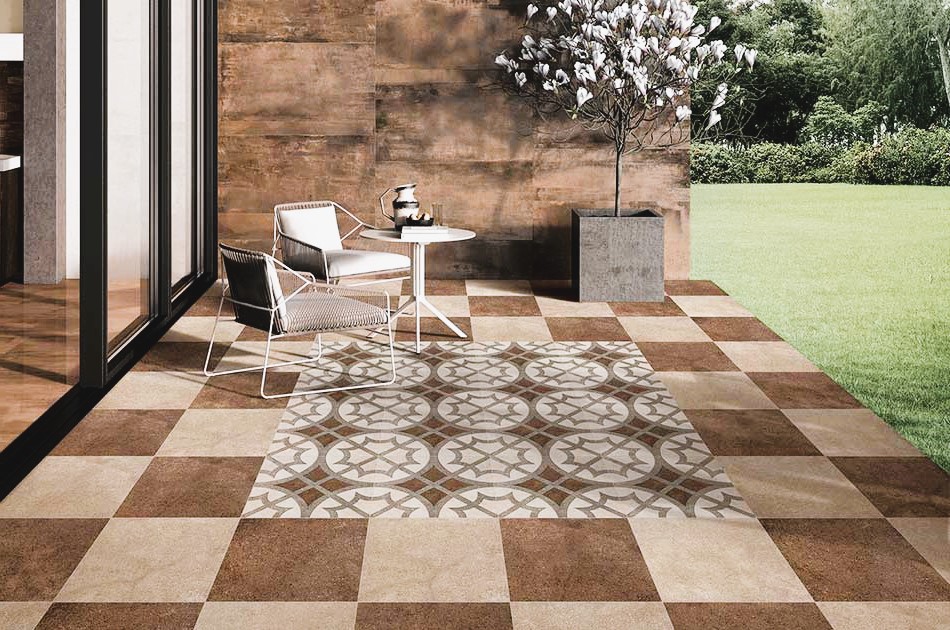
Tile installation is an intricate craft that combines technical skill and artistic vision to transform spaces into stunning showcases of design. Whether you’re renovating your home or embarking on a commercial project, understanding the art of tile installation is essential to achieve exceptional results. In this comprehensive guide, we will explore the various aspects of tile installation, from planning and preparation to finishing touches, providing you with the knowledge and insights to embark on your own tiling journey.
I. Planning and Preparation:
Before diving into the world of tile installation, careful planning and thorough preparation are essential to ensure a successful project.
- Assessing the Space: Start by evaluating the area where the tiles will be installed. Consider factors such as the purpose of the space, traffic levels, and existing design elements. Understanding the space will help you determine the appropriate type, size, and style of tiles to use.
- Surface Preparation: Proper surface preparation is crucial for a durable and long-lasting tile installation. It involves cleaning, leveling, and priming the substrate to create a smooth and stable surface. Make sure to address any issues with moisture, cracks, or unevenness before proceeding with the installation.
- Tools and Materials: Equipping yourself with the right tools and materials is vital for a successful tile installation. From basic tools like tile cutters and trowels to specialized items such as tile spacers and wedges, having the necessary equipment will make your work more efficient and precise. Additionally, using high-quality adhesives, grout, and sealants will contribute to the longevity and appearance of your tile installation.
II. Installation Techniques:
Once you’ve completed the planning and preparation stage, it’s time to dive into the artistry of tile installation.
- Layout and Design: Careful consideration of the tile layout and design can elevate the aesthetic impact of your installation. Experiment with different patterns, such as herringbone or basketweave, and explore creative options for borders and accents. Strive for a balanced and visually pleasing arrangement that complements the overall design scheme. For design inspiration, you can refer to various resources such as interior design magazines, online platforms, and even Pinterest.
- Adhesive Application: Applying the adhesive or mortar correctly is essential for secure and long-lasting tile installation. Follow the manufacturer’s instructions regarding the appropriate adhesive type and mixing ratios. Ensure a proper bond between the tile and substrate by using the correct trowel size and applying even pressure during the installation process. Upgrade your kitchen with stylish tile backsplashes, read more in our article.
- Cutting and Fitting: Working with tiles often involves cutting and fitting pieces to accommodate corners, edges, and obstacles. Utilize tile cutters, wet saws, or other cutting tools to achieve precise cuts. Remember to measure carefully and allow for grout lines when cutting tiles.
- Grouting: Grout is not only functional but also contributes to the overall appearance of the installation. Choose the appropriate grout color and type to complement your design vision. Proper grout application and cleaning techniques will ensure neat and durable grout lines. For tips on grouting, you can refer to reliable sources such as the Tile Council of North America (TCNA).

III. Finishing and Maintenance:
Completing the installation is not the end of your journey. Proper finishing and maintenance will preserve the beauty and integrity of your tile installation.
- Sealing: Depending on the type of tile used, sealing may be necessary to protect against stains, water damage, and discoloration. Follow the manufacturer’s recommendations for sealant application and maintenance schedules. Proper sealing will extend the lifespan of your installation and make it easier to clean and maintain.
- Regular Cleaning and Maintenance: Keep your tile installation looking its best with regular cleaning and maintenance. Use appropriate cleaning products and techniques for your specific tile material. Avoid abrasive cleaners that could damage the surface. For detailed cleaning and maintenance instructions, consult reliable sources such as the National Tile Contractors Association (NTCA) or the manufacturer’s recommendations.
Conclusion:
The art of tile installation combines technical expertise, creativity, and attention to detail. By following the comprehensive guide outlined above, you’ll be well-equipped to embark on your own tile installation projects with confidence. Remember to plan meticulously, select the right tools and materials, and follow proper installation techniques. With practice and a touch of creativity, you’ll be able to transform spaces into stunning showcases of tile craftsmanship.
